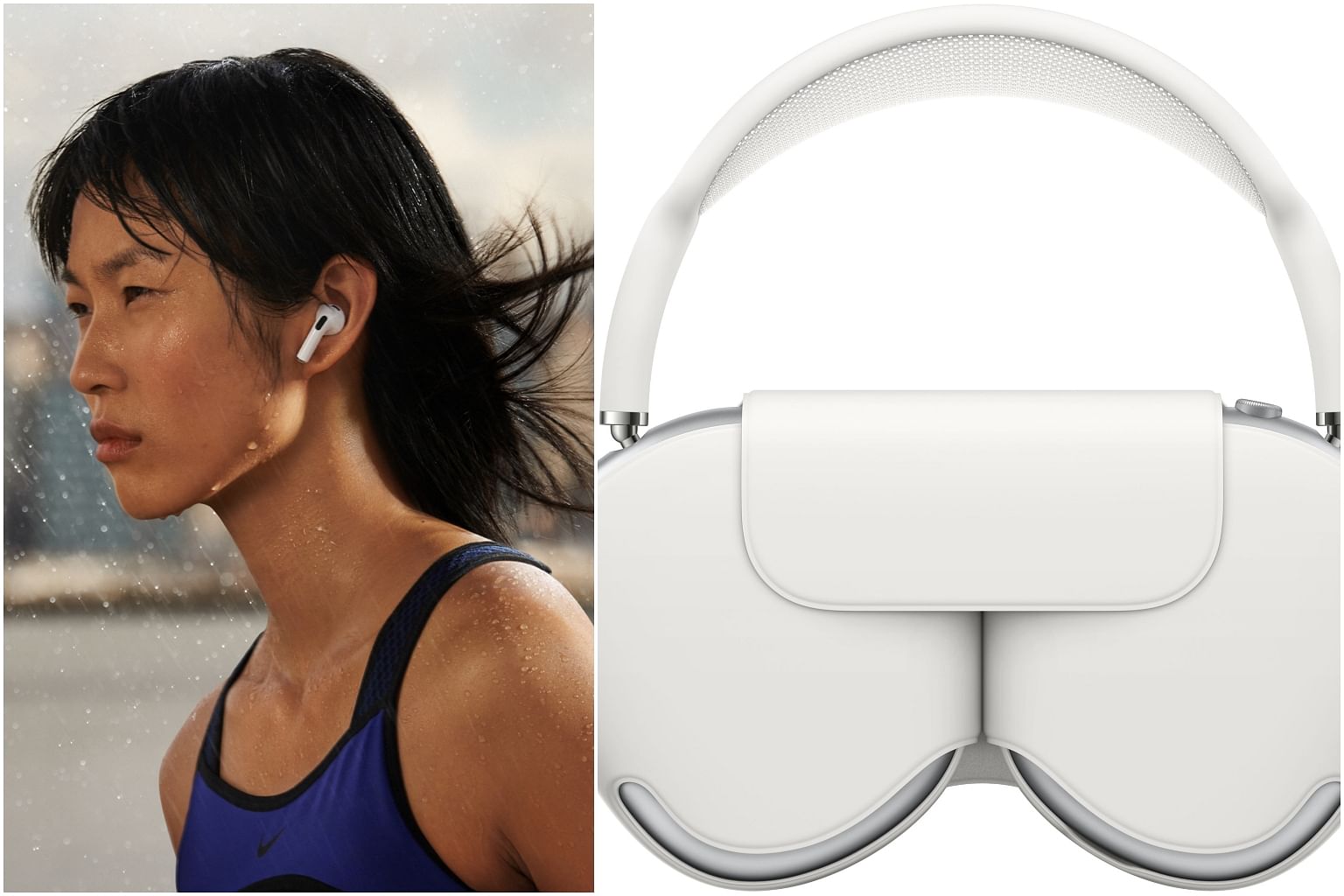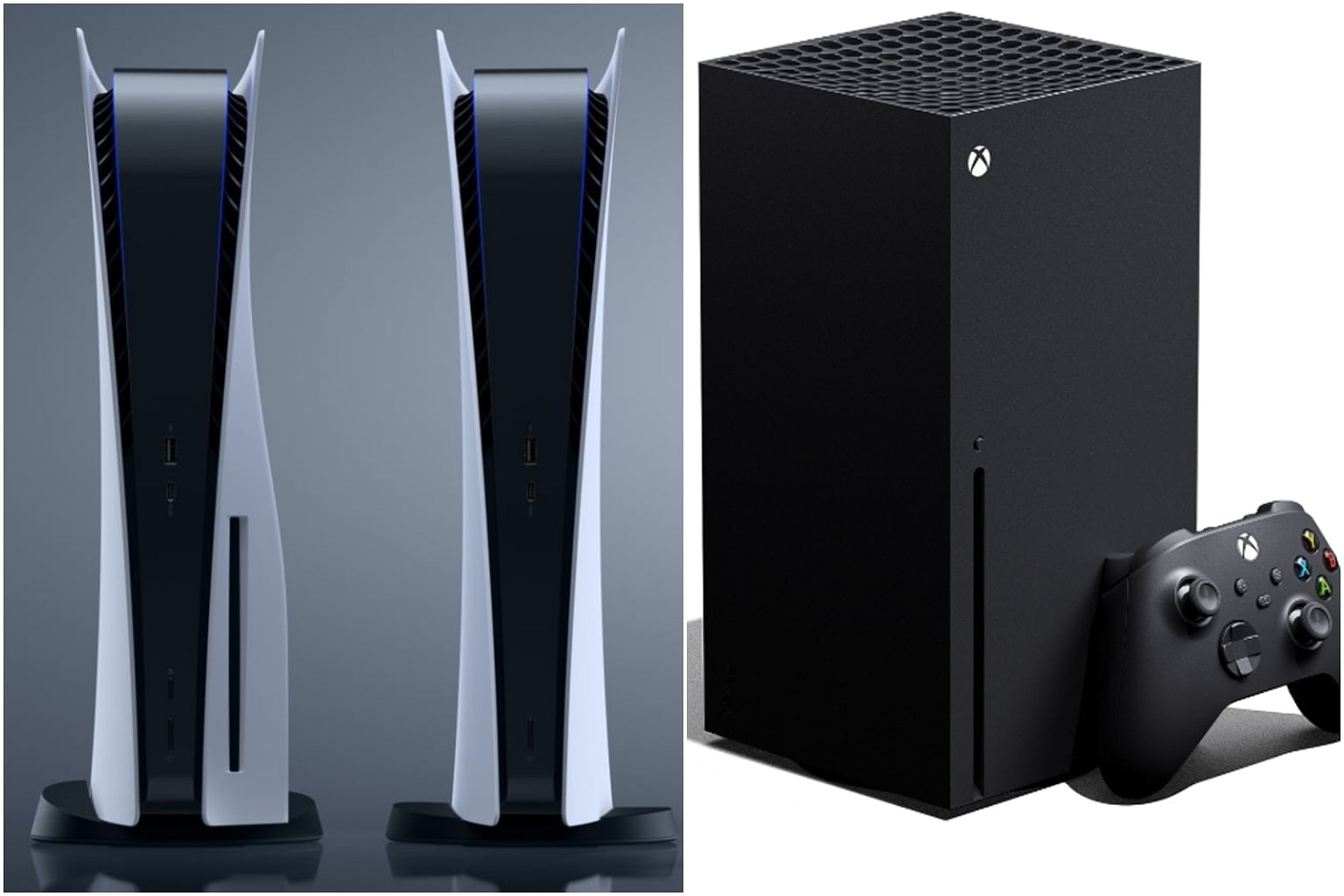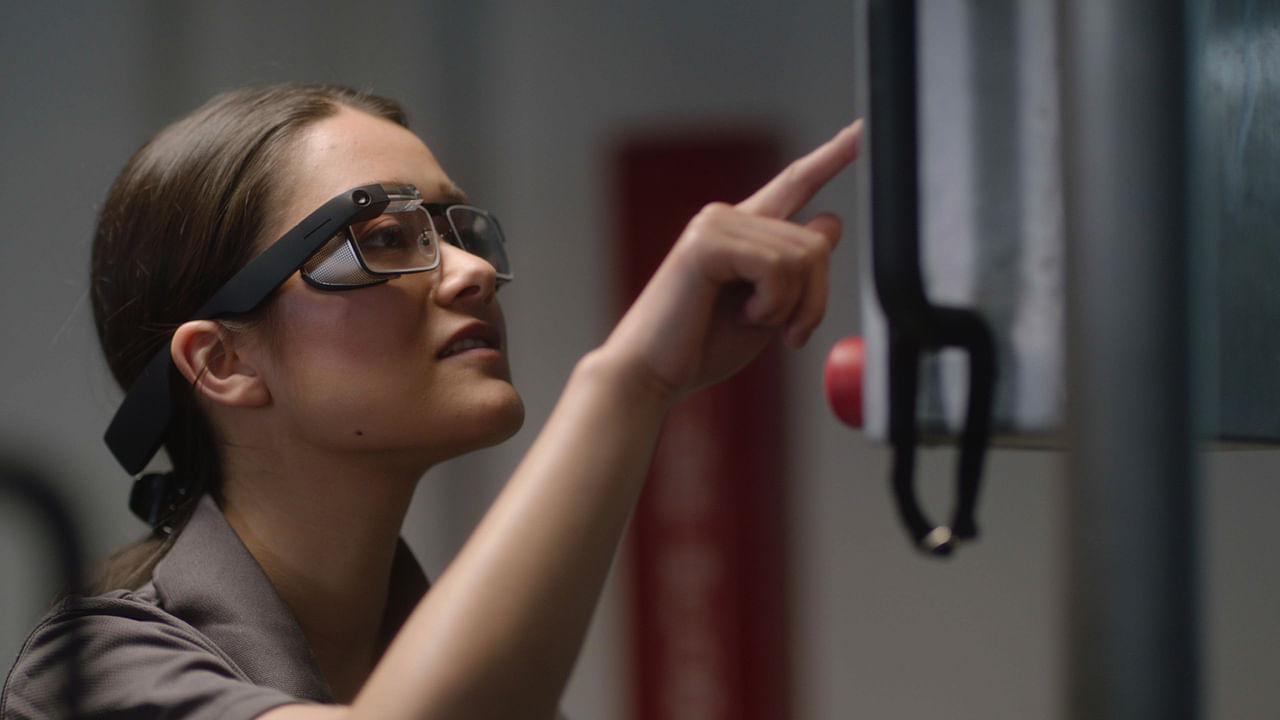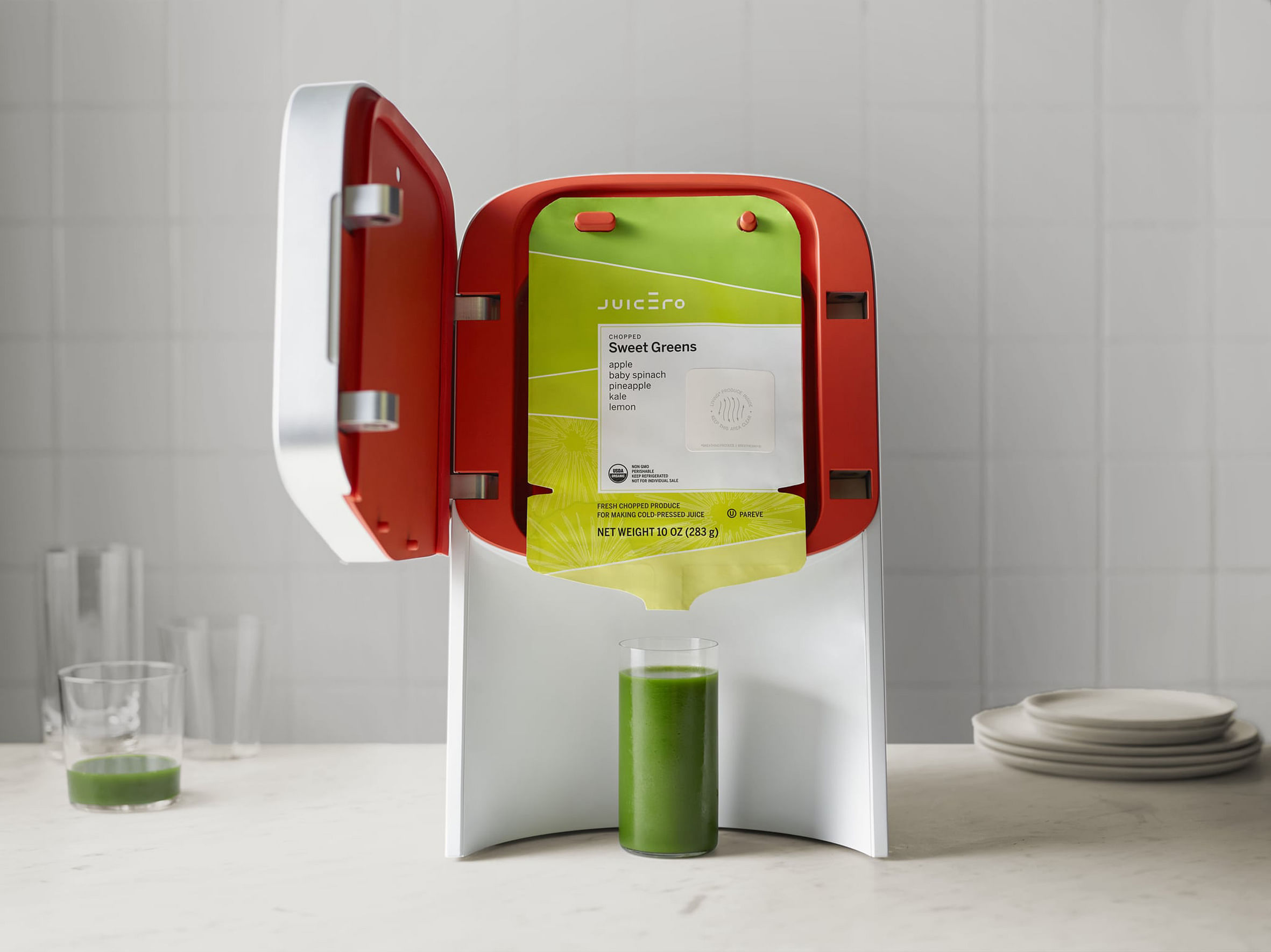SINGAPORE - The Dyson Zone, a new wearable device that combines noise-cancelling Bluetooth headphones with a personal air purifier, drew mockery online when it was launched last Wednesday (March 30).
The Straits Times takes a look at Dyson's upcoming gadget and four other categories of tech products that went viral online when they were announced.
Dyson Zone
The Dyson Zone is marketed as a pair of "air-purifying headphones" and is envisioned as a solution to urban air pollution and airborne bacteria or allergens.
Its main distinguishing feature is a mask-like attachment that the company calls a visor, which magnetically snaps onto the cups of the headphones. Unlike other wearable air purifiers on the market, the visor does not make direct contact with the wearer's face.
Air is sucked into the headphone cups through Hepa-like dual-layer filters and out through the visor, creating a personal bubble of clean air around the wearer's nose and mouth.
The unusual design has drawn comparisons with the masks worn by Batman villain Bane and ninjas like Scorpion and Sub-Zero from the Mortal Kombat franchise, as well as the reverse bear trap torture device from the Saw movies.
Despite being ridiculed on social media, the Dyson Zone has been received with cautious optimism by a handful of early tech reviewers.
Engadget's Cherlynn Low said it looked "absurd" and "ridiculous" but she still wanted one. She added that she found it "impressively satisfying" and "surprisingly comfortable".
Stuff.tv's Dan Grabham said the Dyson Zone "looks more than a bit space-age and dystopian", but noted that Dyson is not the only company looking to tap a new market, especially in heavily polluted cities where smog is a problem, and that the device seemed to work well.
Wired's Chris Haslam called the design polarising and said the device could represent "either a bold new world of personal pollution protection or an economic and PR disaster for Dyson".
He also noted that it will probably be expensive and targeted at the rich who "likely have access to preferable environmental conditions already".
The Dyson Zone's price has not been announced.
Apple Airpods and Airpods Max

If Dyson succeeds in garnering mainstream acceptance of its odd-looking Zone, it will be following in the footsteps of another consumer tech disruptor: Apple.
The iPhone maker has a history of starting design trends that are controversial at first but later become desirable status symbols.
For instance, the long stems on the AirPods, Apple's first wireless Bluetooth earphones, were mocked for looking like conventional earphones with the wires snipped off.
But within two years of its 2016 launch, the AirPods became Apple's hottest accessory and remain among the most popular wireless earphones in the world today. The third-generation model, released last year, continues to sport the stems.
In 2020, Apple released a pair of over-the-ear headphones dubbed the AirPods Max, which comes with a case that was mocked online for its resemblance to a bra while providing seemingly poor protection.
But the AirPods Max themselves have received fairly stellar reviews, with some calling them the best noise-cancelling headphones on the market.
PS5 and Xbox Series X

Sony's PlayStation 5 and Microsoft's Xbox Series X are the two main heavy hitters in the current generation of gaming consoles.
Over a year after their late 2020 release, they remain difficult to come by and continue to be listed as sold out at official stores and major retailers at the time of writing.
Although both consoles were hotly anticipated and in heavy demand at launch, their designs became the subject of numerous memes and jokes online.
The PS5, sporting a curvy black and white design, was popularly compared to a WiFi router, while the boxy all-black Xbox was likened to a mini-fridge.
An animated video by South Korean YouTuber JangBijju, in which a man tries to fool his wife into believing that his new PS5 is a router, quickly went viral.
Microsoft responded to the memes in good humour and produced a full-size refrigerator modelled after its flagship console, which it gave away in a global competition, as well as a mini-fridge version which was sold in stores in North America and Europe.
Google Glass

One product that ended up failing to get off the ground is Google Glass, a wearable device that resembles a pair of spectacles, with a tiny computer, a camera and a block-like transparent heads-up display mounted on it.
Its announcement in 2012 immediately triggered privacy concerns surrounding the concept of a wearable camera, which could be used to surreptitiously record people in public without their permission while also making the user look like a creepy cyborg with a robotic eye.
There were also safety concerns raised over putting a display in front of users' eyes that could distract them while driving.
In the end, Google Glass was a failure among consumers, but it has found success as an enterprise gadget for augmented reality applications in fields like construction and surgery.
Companies like Facebook and Snap have also since launched smart glasses, and others are actively developing eye-worn wearable tech in anticipation of the metaverse becoming mainstream. Perhaps Google Glass was simply ahead of its time.
Juicero Press

While many products may survive initial scepticism and win over consumers, others never recover.
Case in point: The short-lived Juicero Press has become a classic example of an over-engineered solution to a non-existent problem.
Priced at almost US$700 when it was launched in 2016, the machine was a WiFi-enabled mechanical press that squeezed juice out of proprietary pre-packed fruits and vegetables that could be purchased only through a subscription.
Less than a year later, San Francisco-based start-up Juicero, which had received about US$120 million in funding in the three years before launching its product, dropped the gadget's price to about US$400 due to poor sales.
The death blow came when Bloomberg published an article in April 2017 showing that squeezing the packets by hand could produce similar results to the Juicero Press. The company defended its product at first, but later offered buyers full refunds. It became defunct by December that year.


